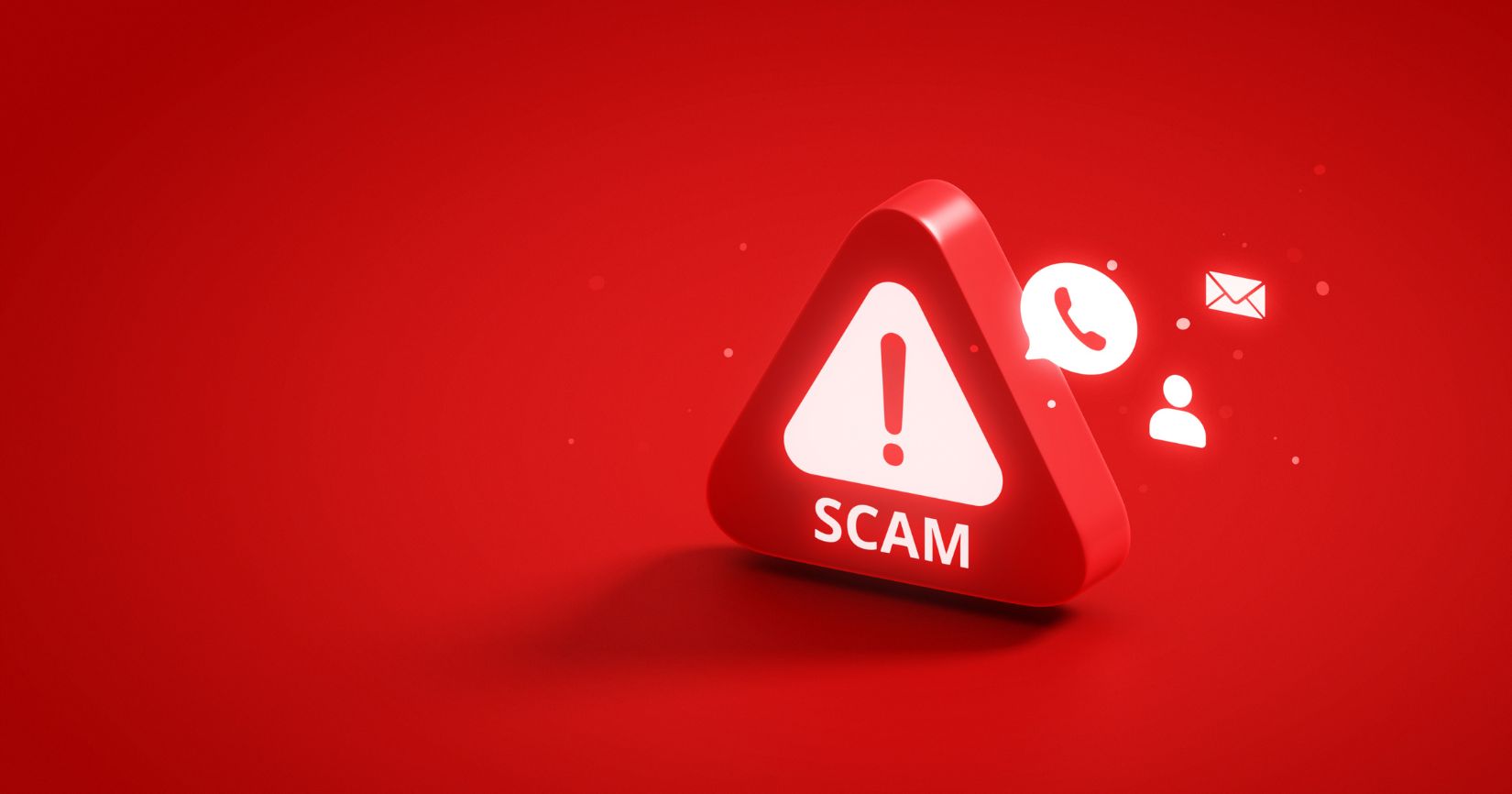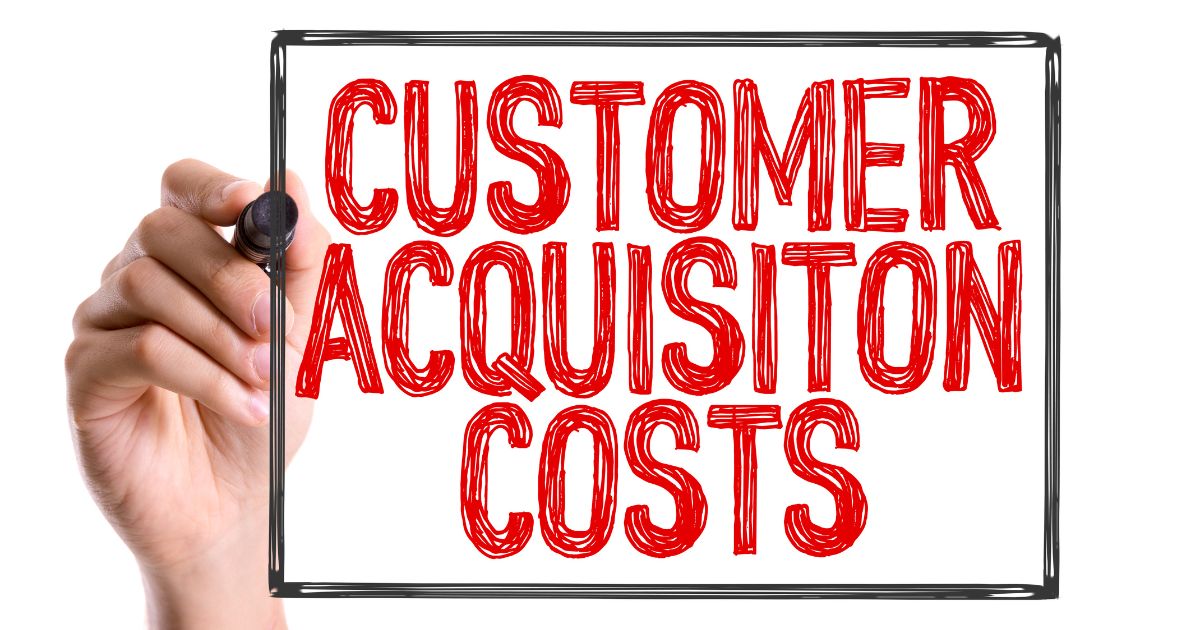
Entrepreneurs need to know one thing: Knowledge is your best friend. Learning about all aspects of business will get you far. Therefore, learning all you can about marketing – even just the basics of marketing – will bear fruit in the long run. So, without further ado, let’s start with the 7 Ps of marketing.
What are Marketing Basics?
The basics of marketing relies on planning and executing a strategy that connects potential customers with your product at a specific place and price point. Whether you use traditional or digital marketing tools, your actions should always be customer-focused and brand-driven.
The marketing mix is a framework that marketers use to achieve their brand-driven and customer-focused goals. It is often referred to as the 7 Ps of marketing, and helps with marketing audits, defining a brand’s value proposition and completing a competitive analysis.
What Does the 7 Ps Stand For?
The 7 Ps can be defined as follows:
- Product: This refers to the product or service that a business offers and how it is developed.
- Price: This refers to the pricing strategy you will use to generate a profit.
- Place: Place is how the product/service is distributed or the area that it serves, or where buyers can access it.
- Promotion: In essence, this is the media channels that the marketers use to promote the service or product.
- People: This speaks to the internal staff members of a business.
- Process: This is the internal processes of a business that make product and service delivery possible.
- Physical evidence: This is “proof” that your business truly exists. Some examples are physical buildings with branded signage, invoices or even business cards.
Why are the 7 Ps Important?
When looking at these elements separately, the question may be what it has to do with marketing at all. But by using the marketing mix almost like a checklist, you are able to align your offering with the needs of your client.
The 7 Ps are important because they help businesses to:
- Stay updated on current market trends and customer demands
- Increase market reach and engages new customer leads
- Build interest in new markets and increase brand awareness
- Boost product sales, increase cross-selling and keep more customers
How Does This Look in Practice?
Product
From physical and digital products to services and service-based businesses, what your business sells needs to meet your customers’ needs. Therefore, you need to regularly evaluate if your products and services still serve your customers. You might see that you must add a specific service, expand your product range and even shut down a type of product or service.
Price
Pricing needs to keep up with the cost to produce your product, or the market value of your service. Not only do you need to employ a strong pricing strategy, but you also need to ensure that you cover all expenses, without sacrificing on profit.
Place
The “place” where your customers can access your products and services need to meet their needs. Re-evaluating this element will indicate to you if you need to open an e-commerce store, perhaps explore opening a physical store, or make your products available at specific locations. Additionally, if you are a service business, this will indicate if you need to expand your area of coverage, or even open a satellite location.
Promotion
As a business owner, you have a variety of media channels at your disposal: All your social media accounts, your website and your Google Ads account. Combining your social media marketing with search engine optimisation and targeted advertising, you are able to reach numerous potential customers. Should this not be enough, you can invest in a range of traditional marketing tools.
People
This element didn’t always fall under the marketing mix, but was added later as a response to the valuable impact that a business’s employees make on its client. More than emphasising highly competent individuals who make the business function, their role as representatives of your business is vital in communicating your brand to potential customers.
Process
Effective, efficient, accurate and user-friendly business processes should exist at every touch point. Whether it is bookings, orders, customer service, or internal processes such as IT and production, communication should be flawless.
Physical Evidence
Physical evidence are the objects that speak to brand that contains your business logo and information. This “proof of existence” also communicates something about your business. For instance, if your entire brand identity communicates sleek, minimalist design, but your invoices are hard to understand and needs deciphering, then you are failing in your marketing goals.






